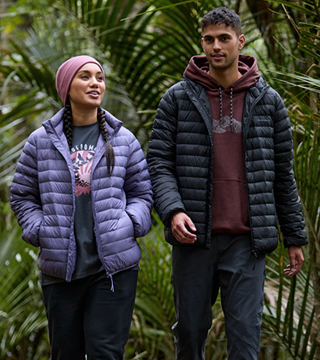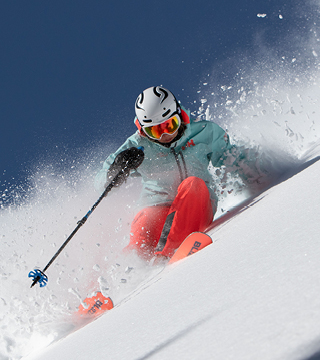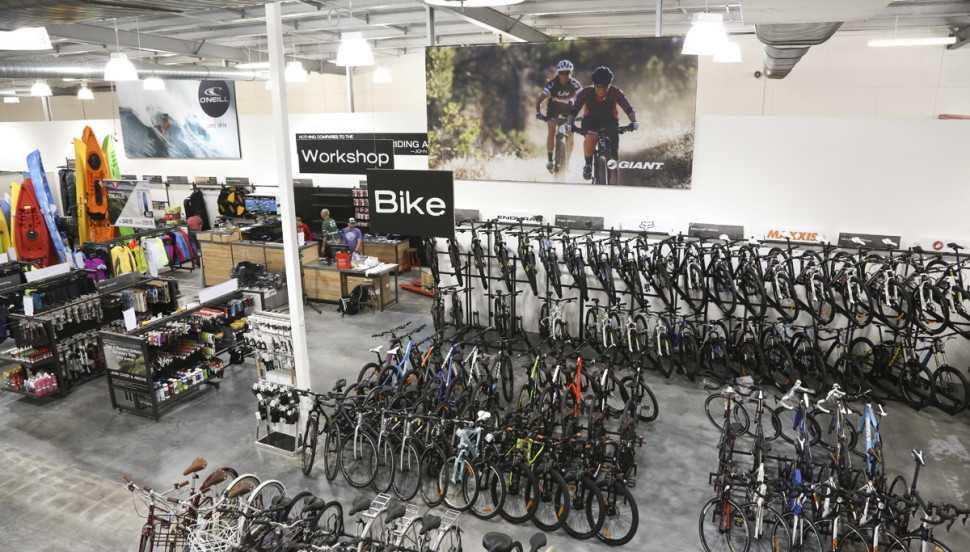If you have never purchased a mountain bike before, or it has been a while since you last bought one, then the sheer number of options in terms of frames, suspension, gearing, brakes and wheel sizes can be very daunting and make choosing a bike seem like a very complex process. Getting into one of our stores and chatting with our bike sales staff is your best move, but if that is not practical and buying online is your preference, then don’t be put off, there are some simple steps to quickly reduce the options to a manageable level and allow you to choose with confidence a bike that is right for you.
Step 1: What are you going to use the bike for?
Some people want a mountain bike to use it purely for commuting as a sturdier alternative to a commuter-style road bike. Maybe you want a bike both for commuting on-road and some fun off-road. Or maybe you have no intention of using the bike on-road and it’s primary use is to have fun off-road.
By knowing what the different categories of mountain bike are designed for, you can then measure up your requirements and long term bike riding goals and see which category of bike best fits your intended use.
The basic mountain bike categories are:
Recreational mountain bikes: These mountain bikes are ideal for commuting in the week and fun rides on bike paths and mellow off-road terrain on the weekend. They usually have no suspension, or at most minimal front suspension, as they are not intended for very rough tracks (these are often called technical tracks). They will usually have an aluminium frame which is a good mix of strength, low weight and affordability. They are ideal to turn into a commuter by adding mudguards and a rack system for carrying extra stuff. They are also a good choice if all the off-road riding you have in mind are smooth off-road trails roads, though for this use front-suspension is recommended as it will result in less fatigue in the hands and arms as less vibration from uneven surfaces will be transmitted to your body. They feature a comfortable upright riding position, comfortable seats and a range of gears for easy pedaling up and down moderately hilly sections.
Cross-country bike: These mountain bikes are optimized for speed over undulating terrain, and are efficient to pedal up hills and over long distances on less severe off-road terrain. They feature an aggressive race position on the bike, with lighter front suspension (100mm) and often no rear suspension. So if you are planning on doing some longer off-road rides then their more efficient setup will be beneficial. If this long distance includes some rougher terrain, especially if it is on downhill sections, then rear suspension will be a big advantage to maximize speed and comfort, and reduce fatigue.
Trail bike: These bikes are built for confident riders who tackle narrow and winding trails which are naturally rocky and technical, or may have man made features such as berms, small jumps and drop offs. This singletrack style riding is best tackled on a bike with more suspension travel (120/140mm), and a more upright riding position, than a dedicated cross-country bike. These bikes still feature a full range of gears for efficient climbing and speed on the flats.
All-Mountain: These bikes can still be pedaled uphill with relative efficiency, but they are definitely more optimized for the downhills. These are made for people who enjoy trail riding which includes both up and down, but who ride more aggressive terrain than your typical cruisy singletrack, including built features like bigger drops and jumps, and like to do so at speed. The frames are designed with an upright riding position and optimized geometry that makes descending steep terrain more manageable. They also include even longer travel suspension (150/160mm) and more powerful brake systems to allow higher speed descents over technical terrain.
Downhill: These mountain bikes are all about the down, with the maximum possible suspension travel (200mm+), the most powerful brakes, and featuring no lower climbing gears. These are used by riders who ride and race extreme downhill courses or mountain routes after being lifted to the top by mechanical means (shuttled by vehicle, gondola, or even helicopter), or pushing the bike up on foot.
Step 2: What is your budget?
Once you know what category of bike suits your needs, it is a simple matter of deciding how much money you want to spend.
If you are on a tight budget or don’t want to be competitive, then you can simply look at the entry-level models in each category. These bikes will still do everything that category of bike is designed for, but it will probably not be the fastest bike in your pack of riding buddies. Typically the frame will be the same but as price increases, so too does component level. These changes include the drivetrain/brakes, suspension componentry and wheel sets. More advanced models will be lighter, feature more adjustability are increasingly using advanced materials such as carbon fibre for both strength, weight and ride characteristic benefits.
Step 3: Try before you buy
Once you have narrowed your choices down to a couple of options that fit both your budget and your riding style, the best thing to do is try one out, ideally where you would typically do your riding but at the very least, around the car park at your local shop. Not all manufacturers sizes are equal and nothing compares to actually sitting on a bike and feeling it for yourself.
While the car park can give you a reasonable idea of size, many stores offer demo bikes that can be loaned for a small price in order for you to actually take the bike out for a good ride and get a proper feel for it. These are great opportunity to get a feel for a bike in its natural element and many shops will offset the demo charge against the cost of the bike.
Step 4: Get out and ride your new bike!!



















